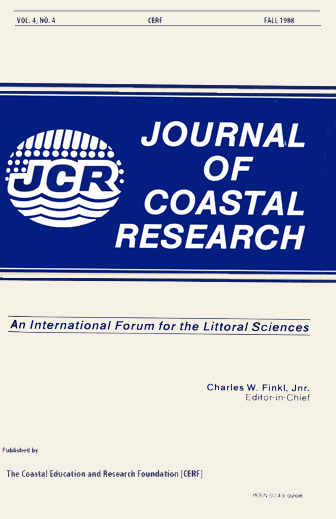The Sedimentology and Stratigraphy of a Cuspate Foreland, Southwestern Australia
Keywords:
Cuspate foreland, Holocene marine banks, Holocene coastal stratigraphy, coastal southwestern AustraliaAbstract
The Holocene sedimentary deposit of the Rockingham-Becher plain in southwestern Australia provides a case study of cuspate foreland geometry, stratigraphy and origin, useful for stratigraphic geology. Sedimentation occurs in a mixed carbonate-terrigeneous setting within a wave-dominated, or wave-activated, bathymetrically complex coastal zone. Eroded remnants of ancestral Pleistocene limestone ridges and depressions have had a major control on the distribution of wave energy and Holocene sedimentation. The sedimentary environments include an inter-related array of basin, tseagrass) bank, beach and beachridge/dune facies. With progradation and shoaling there has developed a relatively simple stratigraphy within the foreland. The Holocene deposits form a large scale lensoid package of sediment, cuspate in plan, that records a history of shoaling from basin, through bank, to beach and dune. The lensoid accumulation is plastered on, or abuts, a hinterland of Pleistocene limestone, and its apex is located near (and is influenced by), the Pleistocene limestone (barrier island) ridge to seaward. In the stratigraphic record this cuspate foreland system would appear as a discrete lensoid package of sediment, with an upward-shoaling stratigraphic sequence, and would appear lithologically distinct from its surrounding rock units.


